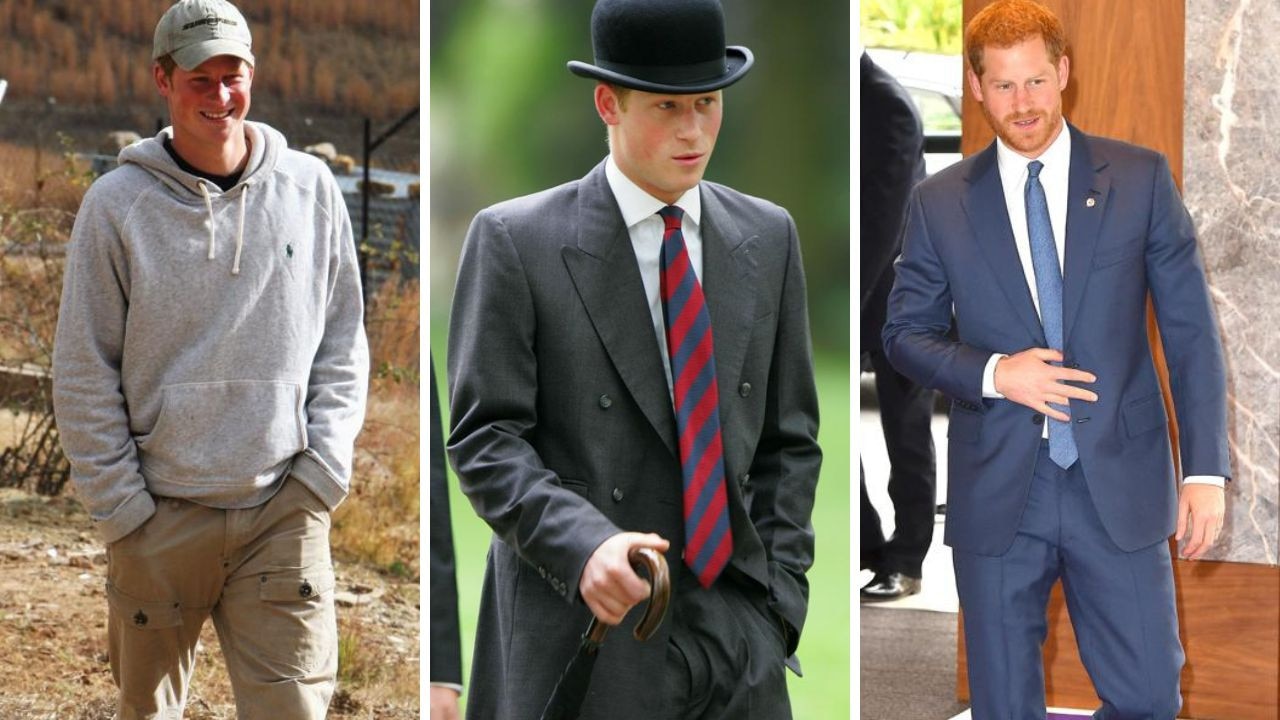How King Edward VIII abdication crisis fast-tracked Queen’s royal education
This is one of the first moments the Queen’s life threw the royal family into chaos — and she was too shy to speak up.
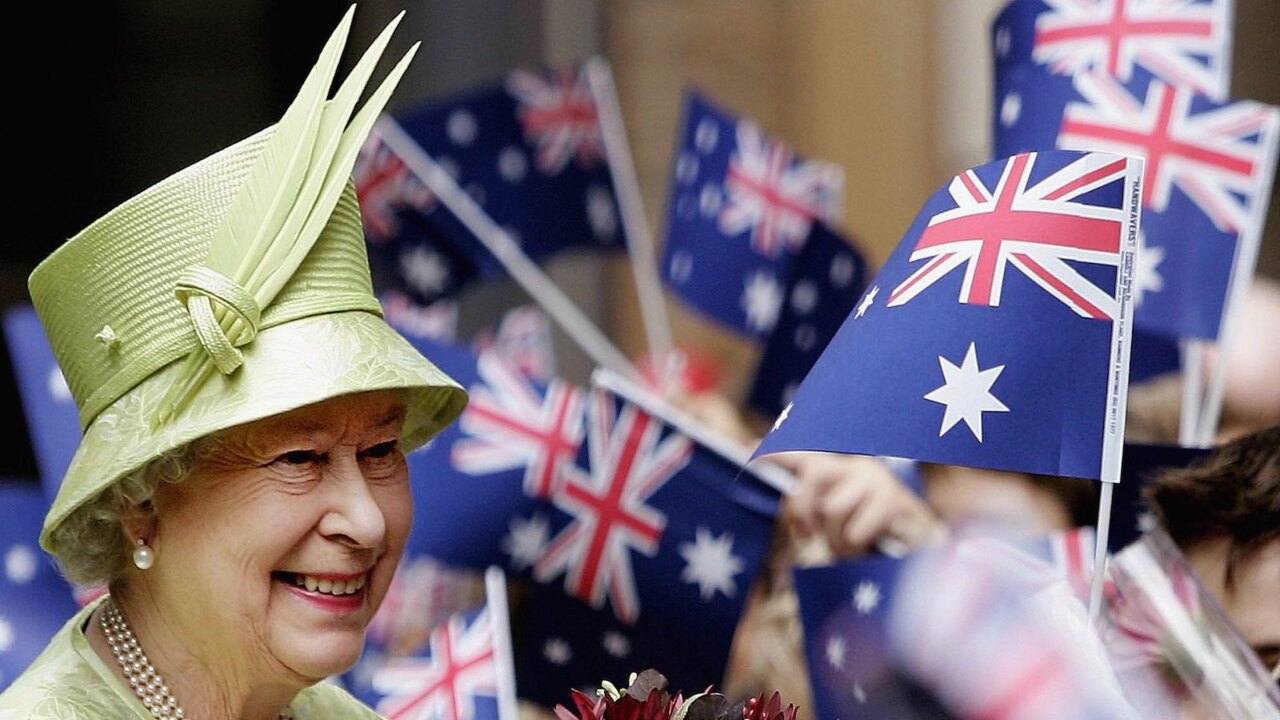
Royals
Don't miss out on the headlines from Royals. Followed categories will be added to My News.
Elizabeth’s early education came from governesses, but following Edward’s abdication, it became a matter of urgency the princess be tutored in the constitution.
Lessons began at 13, with Sir Henry Marten, the vice-provost of Eton, who would cycle up to Windsor Castle to teach her and later, she visited him in his chaotic study, with books piled high and a pet raven that pecked his ear.
“This wizard’s cave was the closest that the future Queen ever came to going to school,” says biographer Robert Lacey and the princess was, at first, shy in offering answers.
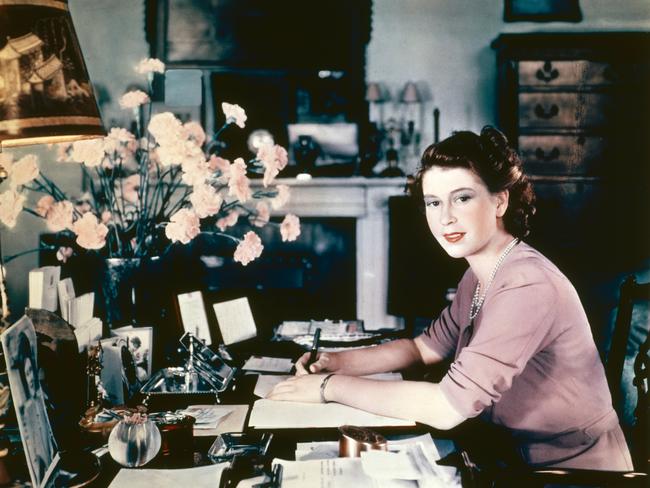


She diligently learned the history of the monarchy, Commonwealth and powers of parliament, taking copious notes on governmental rules as though she were the “ultimate civil servant – which in one sense, is just what this little girl was to become,” says Lacey, in Royal, Her Majesty Queen Elizabeth II.
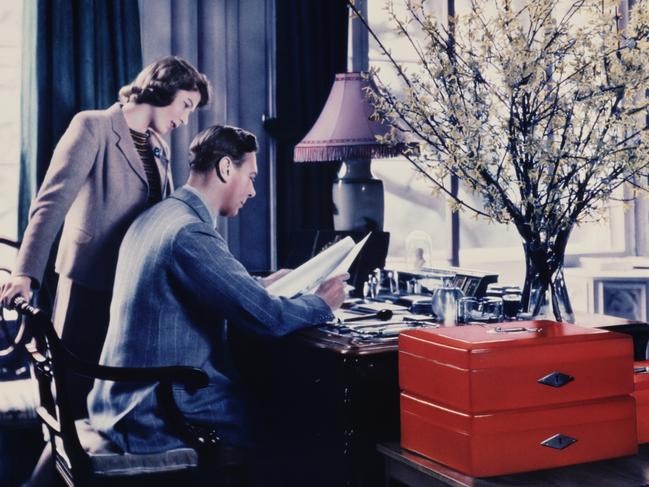
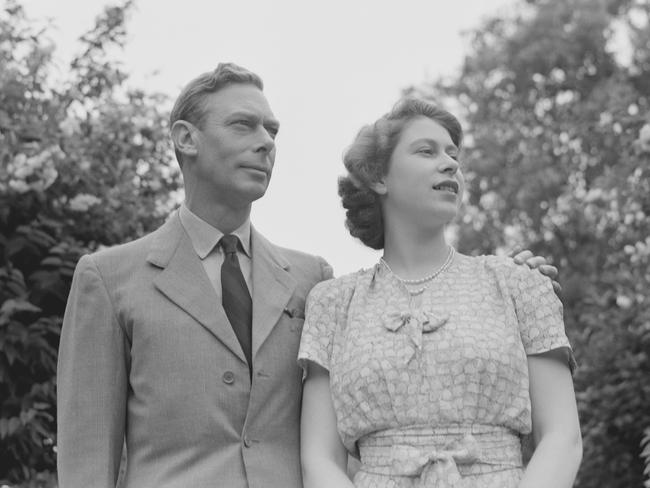
There are not many children who study so narrowly and comprehensively for their future career, but the Queen would be called upon to use her newly-acquired knowledge much earlier than expected, when she acceded to the throne aged 25.
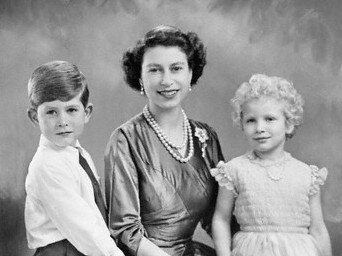
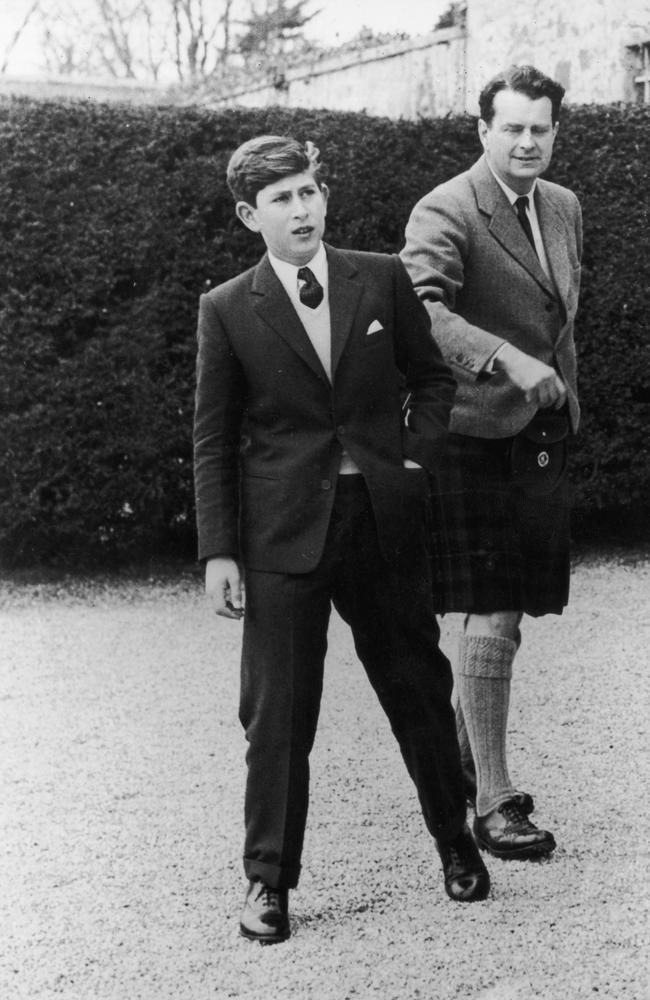
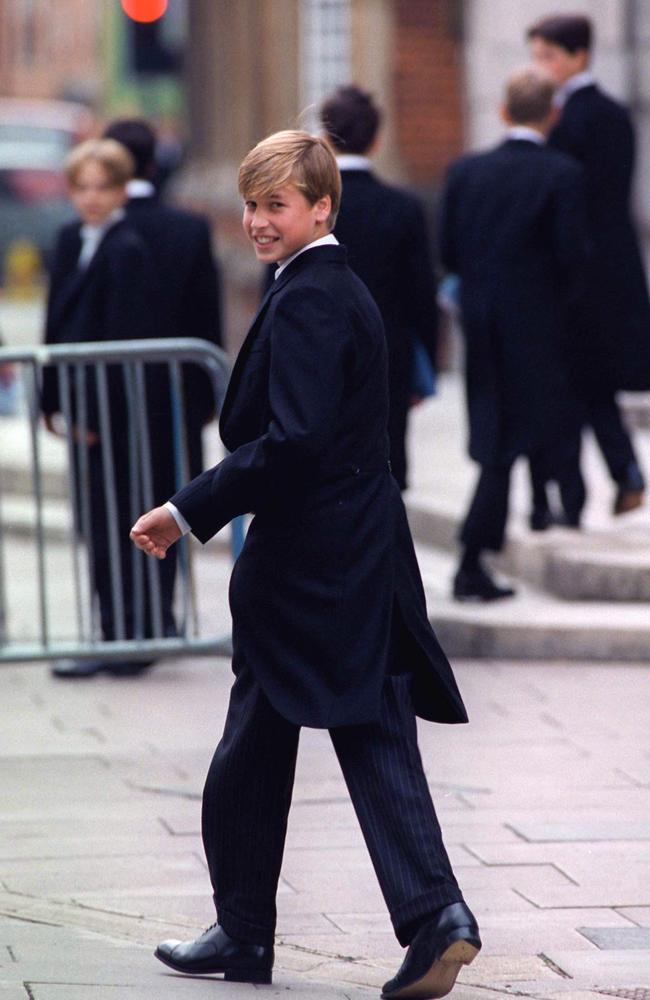
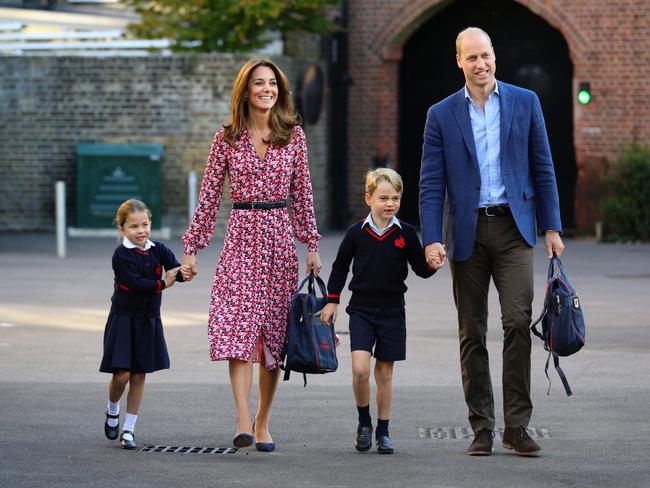
Her children, grandchildren and great-grand-children would be afforded a wider and slower education. The Queen and Prince Philip were keen for Prince Charles to live a more open life, attending Cheam prep school and then – somewhat against Elizabeth’s wishes – Philip’s alma mater Gordonstoun in Scotland, as well as Geelong Grammar’s Timbertop campus in Victoria, finishing up with a degree from Cambridge. Prince William would enjoy an even more “normal” education, attending Wetherby day school, Ludgrove boarding school, Eton and the University of St Andrews. Prince George is enrolled at St Thomas’ primary school in Battersea, London.


